Locking Caster Wheels: Prevent Unwanted Movement with Ease
In workplaces where mobility is essential, locking caster wheels serve as a crucial component in ensuring both movement and stability. Whether used in industrial machinery, hospital equipment, office furniture, or retail displays, these wheels provide a secure solution to prevent unintended movement, reducing the risk of accidents and enhancing efficiency.
The ability to move objects smoothly while also having the option to lock them in place creates a versatile and functional setup for various industries. Locking caster wheels offer the best of both worlds—easy maneuverability when needed and complete stability when stationary. Their design allows for seamless operation, giving users confidence in the safety and reliability of their equipment.
Understanding the benefits and applications of locking caster wheels can help businesses and individuals choose the right type for their specific needs. From materials and locking mechanisms to load capacities and durability, selecting the right caster wheels can significantly impact daily operations.
What Makes Locking Caster Wheels Different?
While standard caster wheels provide mobility, locking caster wheels add an extra layer of security by preventing unwanted movement. This is particularly important in environments where equipment needs to remain stationary during use, such as medical facilities, warehouses, and assembly lines.
The locking mechanism in these wheels ensures that once engaged, the wheel stays firmly in place. Depending on the design, locks can either stop the wheel from rotating, prevent it from swiveling, or do both simultaneously. This stability prevents accidents, enhances productivity, and ensures that equipment remains securely positioned, even on inclined or uneven surfaces.
The Importance of Stability in Different Industries
Locking caster wheels play a vital role in industries where stability and safety are non-negotiable. In medical environments, for example, hospital beds, surgical carts, and medical trolleys require smooth mobility for transport but absolute stability when in use. A patient bed rolling unintentionally could lead to severe consequences, making locking caster wheels an essential component in healthcare settings.
In industrial warehouses and manufacturing plants, stability is just as crucial. Heavy-duty carts, machinery, and transport trolleys must stay locked when workers are loading or unloading materials. Unwanted movement in these environments can lead to workplace injuries, damaged goods, and operational inefficiencies.
Even in offices and commercial spaces, stability matters. Office chairs, filing cabinets, and workstations equipped with locking caster wheels provide flexibility without compromising security. Employees can reposition their furniture when needed, then lock it in place for ergonomic and practical functionality.
Types of Locking Mechanisms in Caster Wheels
Not all locking caster wheels function the same way. Different applications require different locking mechanisms to provide the best balance of security and ease of use.
- Total Lock Brakes – These locks prevent both wheel rotation and swivel motion, ensuring complete immobility. This is commonly used in hospital beds, industrial carts, and workstations where absolute stability is required.
- Directional Lock Brakes – These allow the wheel to roll forward and backward but prevent it from swiveling. This type is ideal for carts that need to be maneuvered in a straight line without drifting sideways.
- Friction Locks – These use pressure against the wheel to restrict movement. They are commonly found in lightweight furniture and office chairs, providing a simple yet effective locking solution.
- Pedal or Foot-Operated Locks – Designed for convenience, these locks can be engaged and disengaged with a foot press, making them ideal for heavy machinery, medical trolleys, and industrial carts.
Each type of lock serves a different purpose, allowing users to choose the most suitable locking mechanism for their needs. Manufacturers ensure that these mechanisms are built for long-term durability, using high-quality materials and precise engineering.
Materials Used in Locking Caster Wheels
The material composition of a locking caster wheel determines its durability, load-bearing capacity, and resistance to environmental factors. Depending on the industry and specific application, different materials are used to ensure optimal performance.
- Nylon Wheels – Known for their strength and lightweight properties, nylon wheels are ideal for industrial applications and heavy-duty carts. They offer excellent resistance to wear, chemicals, and temperature changes.
- Polyurethane Wheels – These provide a balance of durability and floor protection, making them suitable for hospital and office environments where smooth and quiet operation is needed.
- Rubber Wheels – These are often chosen for applications requiring shock absorption and noise reduction, such as hospitals and hotels.
- Metal and Cast Iron Wheels – Designed for extreme heavy loads, these wheels are typically used in factories and warehouses where rough flooring demands extra strength.
Each material has its advantages, and choosing the right one ensures long-term reliability and efficiency in movement and locking stability.
Conclusion: A Smart Choice for Mobility and Stability
Locking caster wheels combine the benefits of easy mobility with enhanced safety and stability. They are designed to prevent unwanted movement, ensuring that equipment, furniture, and machinery remain secure when needed.
By choosing the right locking caster wheels, businesses and individuals can improve workplace efficiency, enhance safety, and extend the lifespan of their equipment. Whether for industrial use, hospital settings, commercial spaces, or home applications, these wheels provide a reliable and long-lasting mobility solution.
Investing in high-quality locking caster wheels ensures smooth movement when required and firm stability when necessary, making them an essential component in various industries.
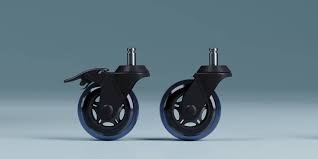




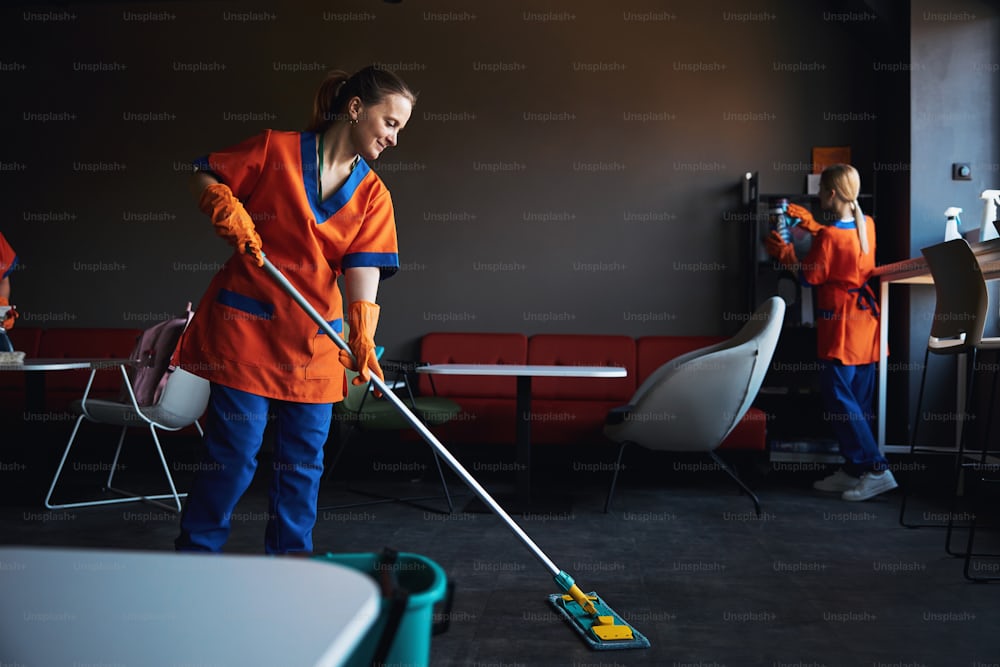


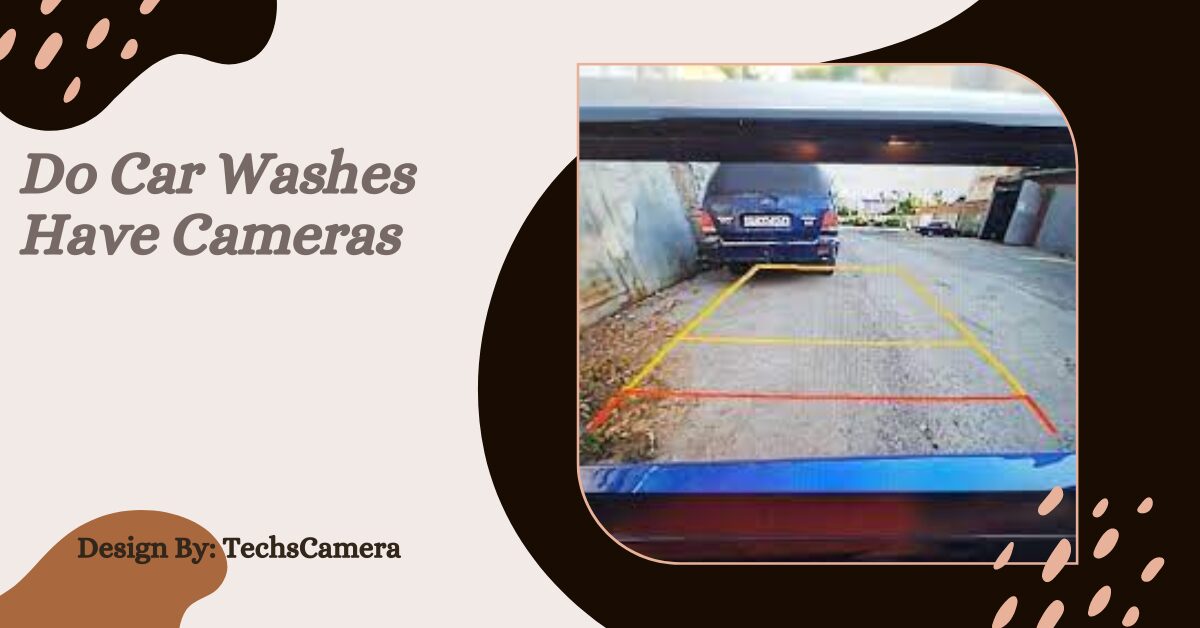





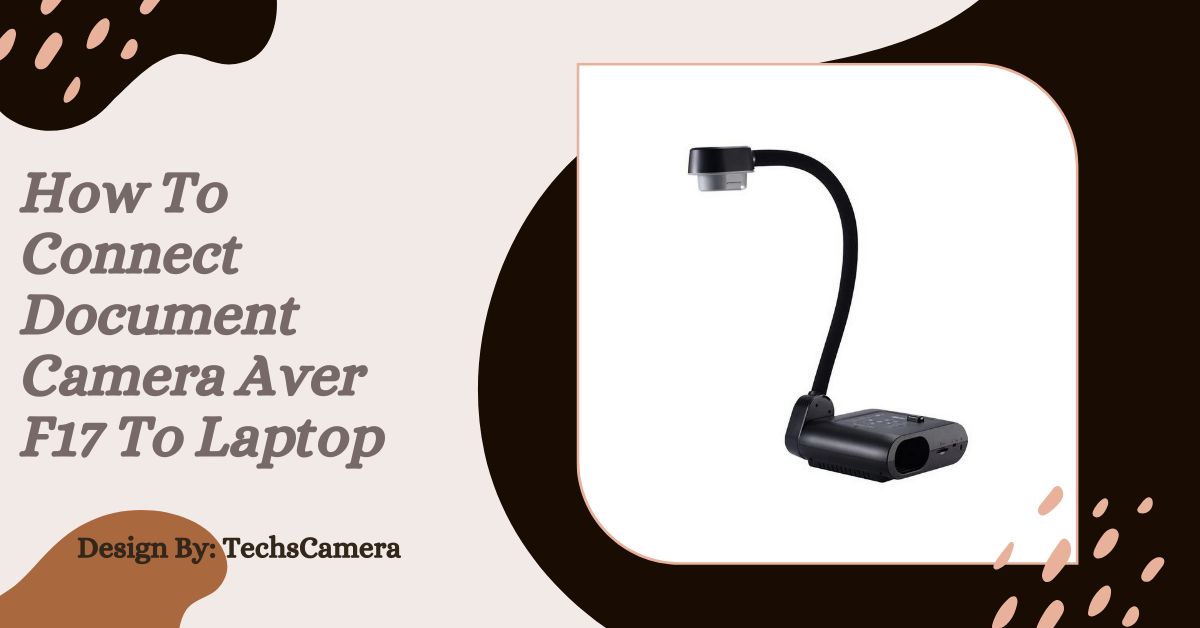
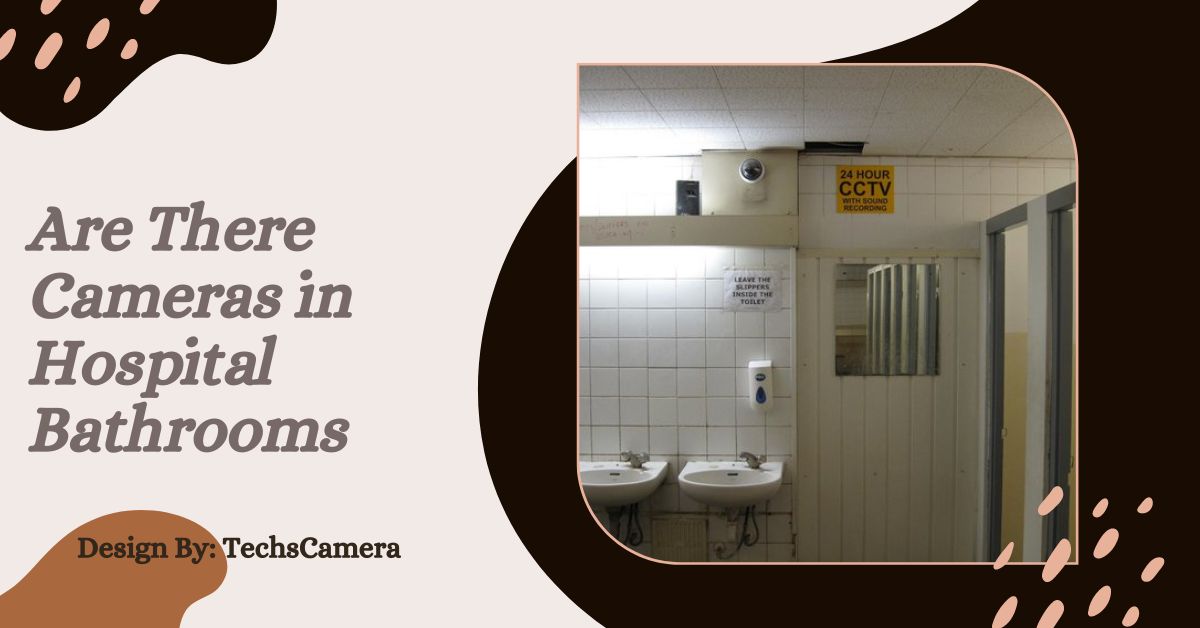

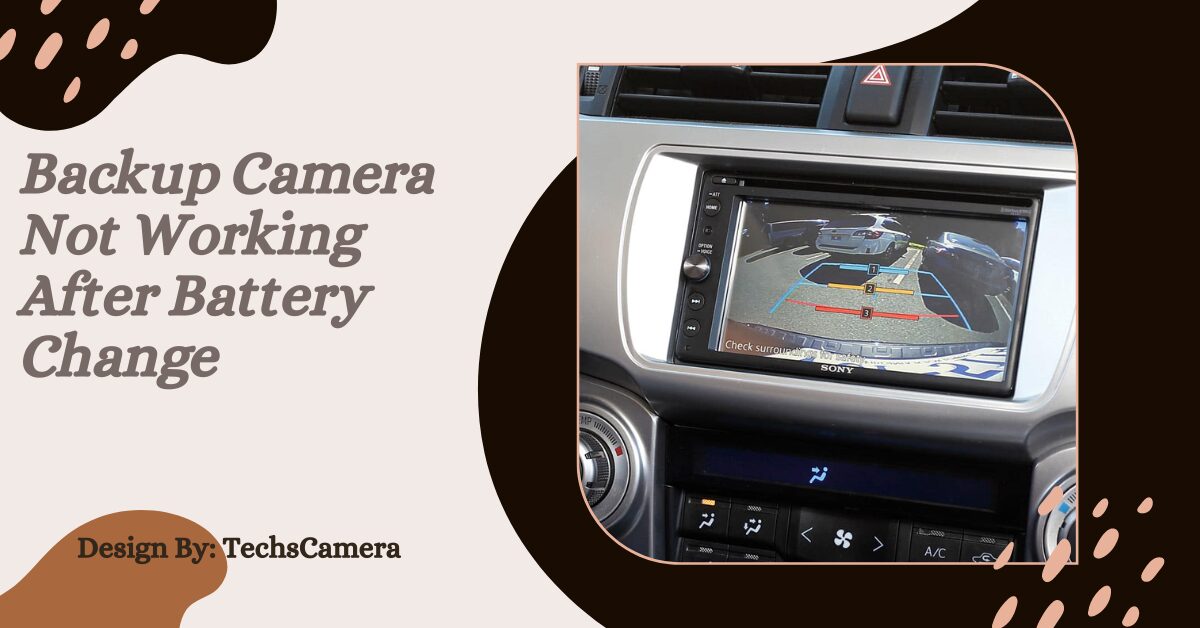
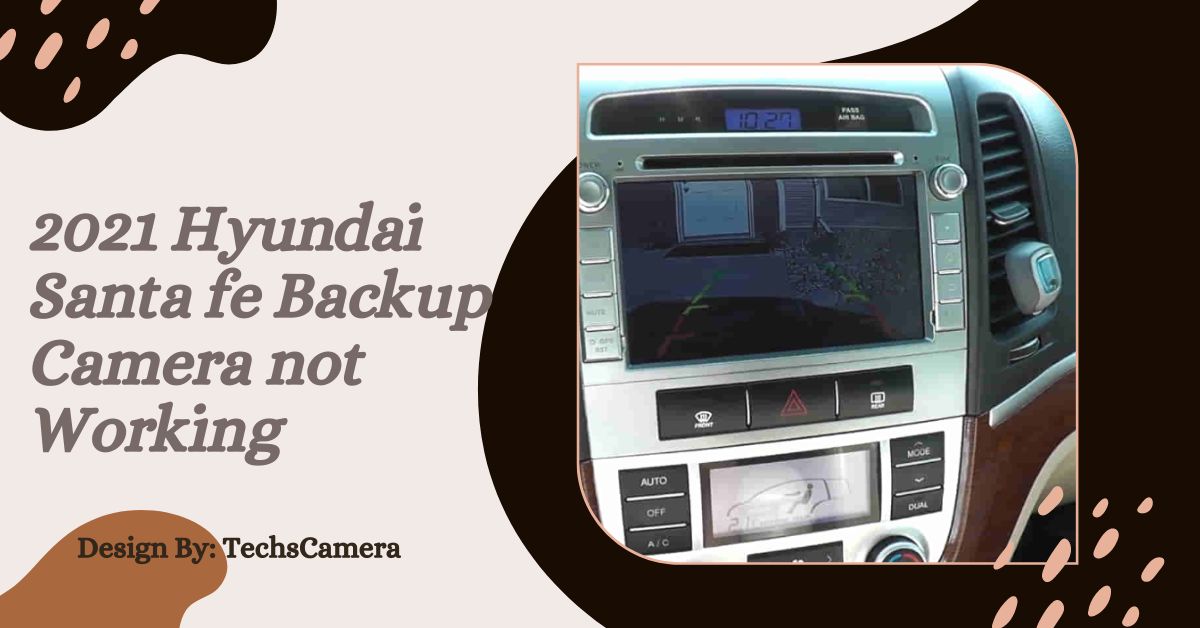



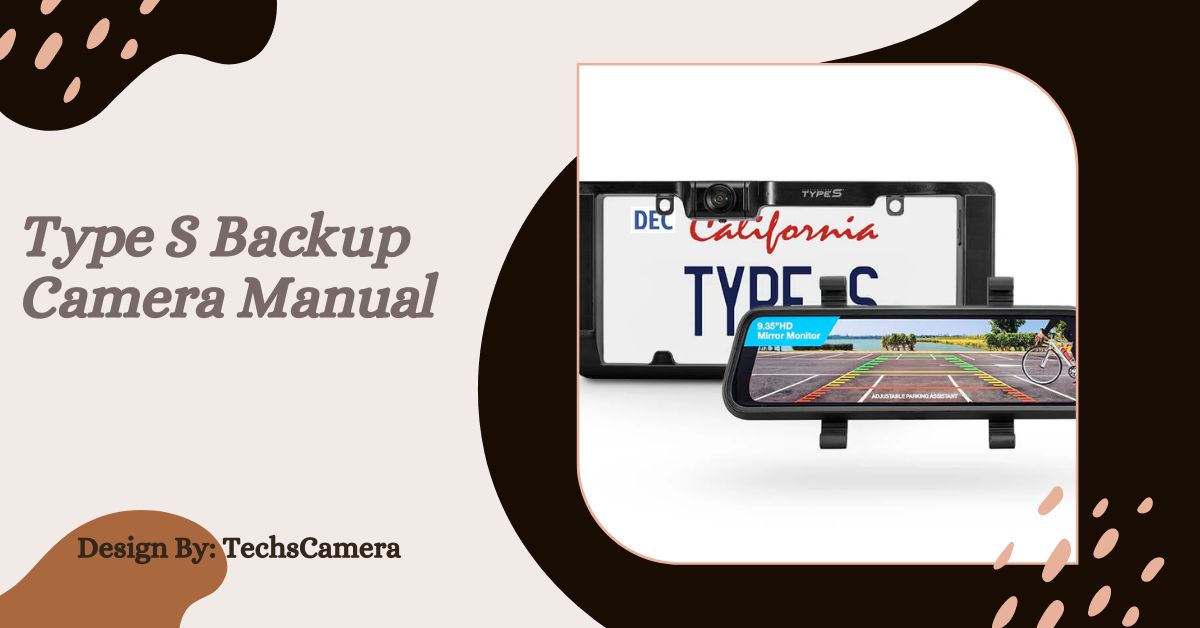







Leave a Reply